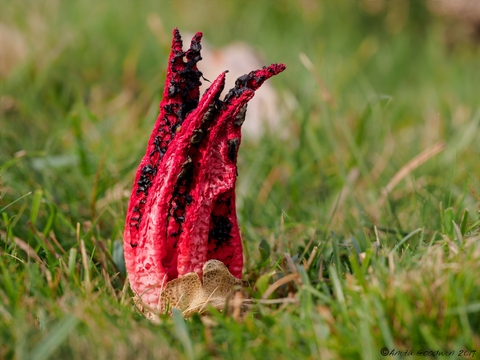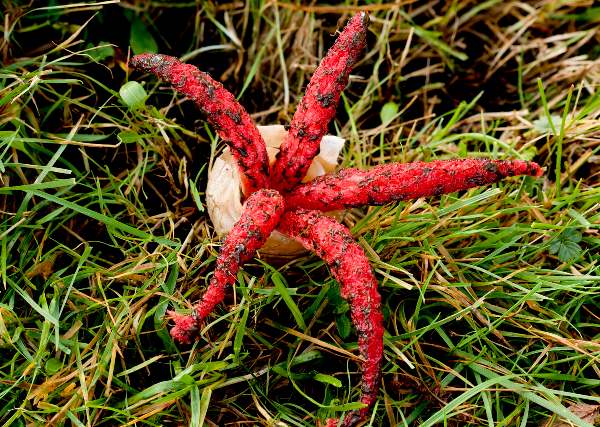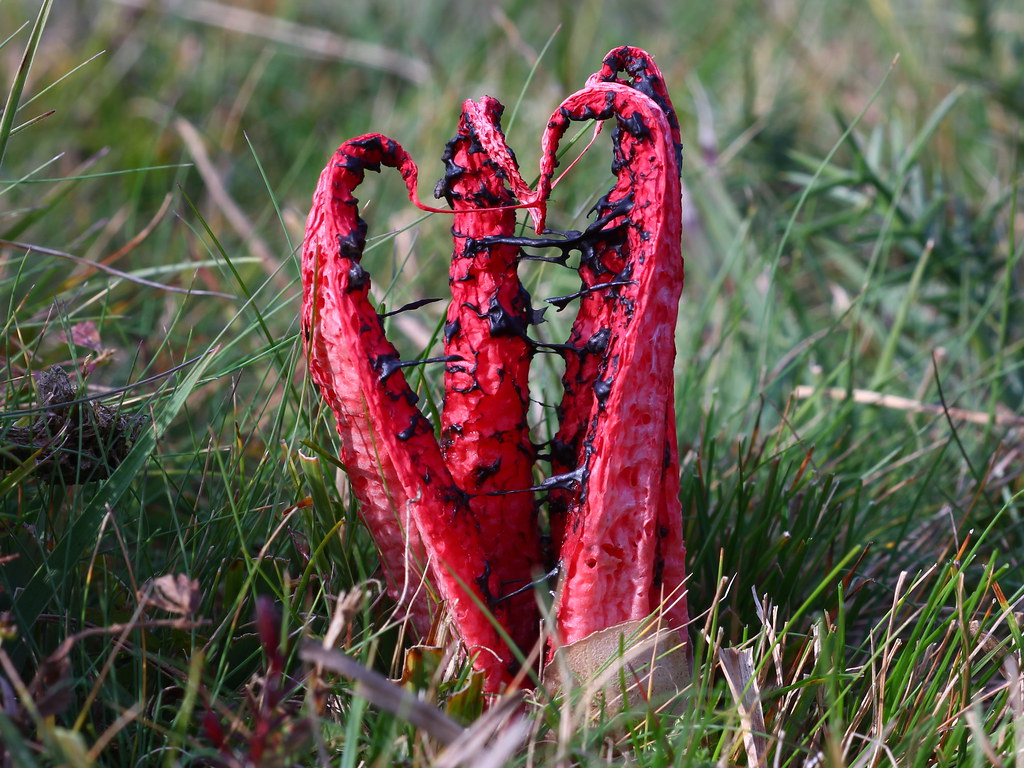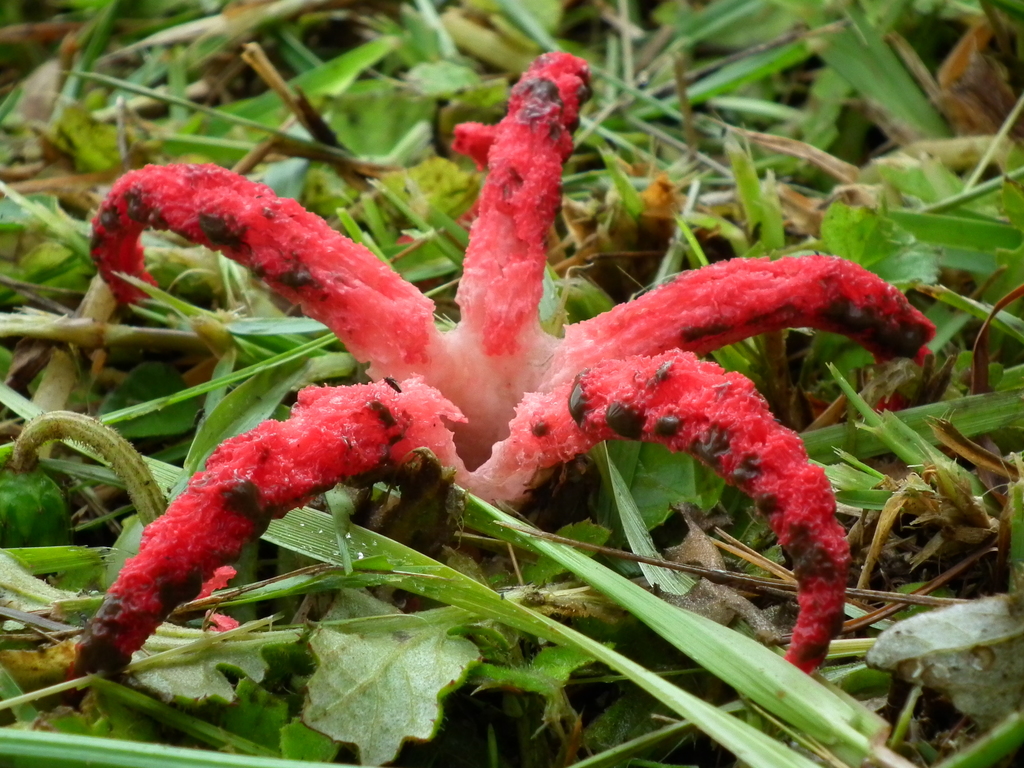The Devil’s Fingers fungus, scientifically known as Clathrus archeri, is a fascinating and unusual member of the fungi kingdom. Commonly referred to as the Octopus Stinkhorn, this peculiar fungus is known for its striking appearance and unique life cycle. In this guide, we will explore its characteristics, habitat, and role in the ecosystem.
- Color: The fruiting body is often a vibrant red or orange, contrasting with its dark, spore-filled interior.
- Structure: It consists of several elongated, finger-like projections that emerge from a central base, creating a visually arresting display.
- Odor: As its nickname suggests, the Octopus Stinkhorn emits a strong, unpleasant odor reminiscent of rotting flesh. This scent is a strategy to attract insects that help disperse its spores.

- Germination: It begins as a spore that germinates in the soil.
- Growth: The fungus develops into a whitish, egg-like structure underground, known as a peridium.
- Emergence: As it matures, the peridium bursts open, and the finger-like projections emerge.
- Spore Dispersal: The interior of the fungus produces a sticky spore mass, which attracts insects. When these insects visit, they inadvertently carry the spores to new locations, aiding in reproduction.

- Wooded Areas: It thrives in rich, decaying organic matter, often in forested environments.
- Mulch and Gardens: It can also be spotted in gardens or areas with abundant mulch, where it benefits from the nutrient-rich substrate.
- Decomposition: As a decomposer, it helps break down organic matter, returning nutrients to the soil.
- Insect Attraction: By attracting insects with its odor, it facilitates spore dispersal, ensuring the continuation of its species.

